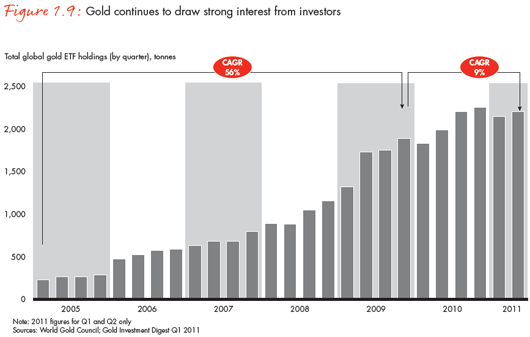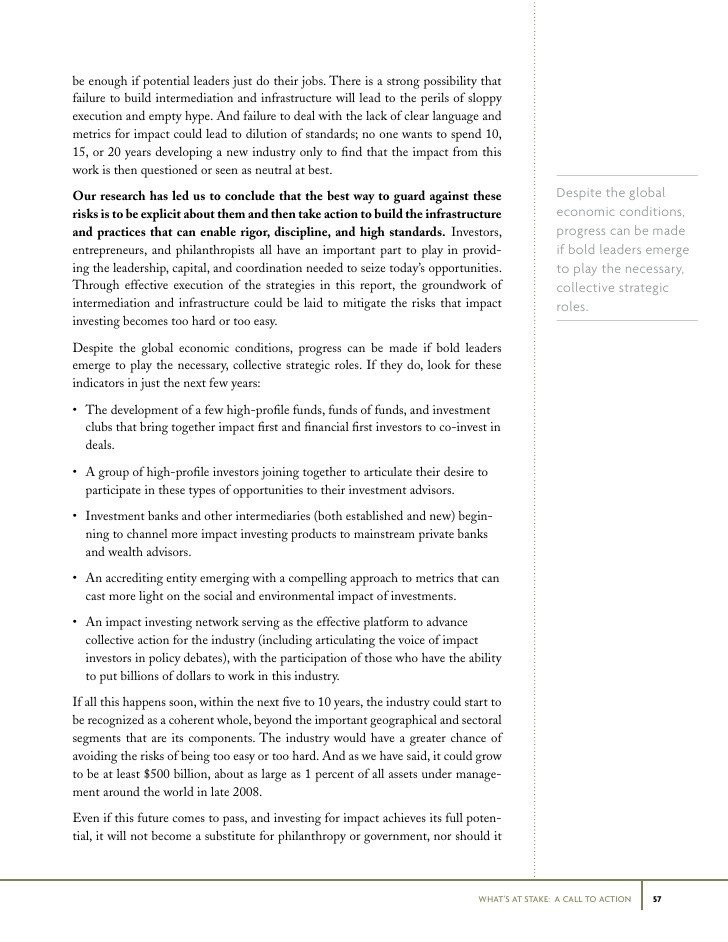Why Money Market Funds Remain a Viable and Robust Investment
Post on: 16 Март, 2015 No Comment

Institutional Money Market Funds Association
Money market funds globally amount to over USD 5tr of investment, and include both retail and institutional investment. They are now utilised to such an extent in certain markets that they are an accepted element of the monetary system. They have experienced almost continuous growth since inception nearly 40 years ago. This period has included a number of economic downturns and financial market volatility and adversity, none of which had any adverse impact on money market funds. And whilst the recent financial crisis has impacted these funds, it is notable that, when the first break the buck event occurred in 1994 there was no noticeable impact on the product or financial markets more generally.
In light of the market turmoil which has been experienced, the objectives of a money market fund are arguably the priorities which many investors seek more than anything; capital security and liquidity.
Whilst it is prudent to continually enquire whether an investment remains viable and robust, the reasons why we now ask that of money market funds must be contextualised. The events which started with the bankruptcy of Lehman Brothers on September 14 2008 resulted in the worst financial crisis since the 1930s. That only one money market fund should record a loss during this recent crisis should be seen as testament to the strength of the industry (there are approximately 2,000 money market funds currently which seek to maintain a constant net asset value).
The benefits of the product, and the reason why investment should be considered, remain as true now as two years ago before the credit crunch had even begun to materialise. Indeed, in light of the market turmoil which has been experienced, the objectives of a money market fund are arguably the priorities which many investors seek more than anything; capital security and liquidity.

Money market funds are designed with these two objectives in mind; they are not however risk free. The experience of investors in The Reserve Primary Fund is testimony to this. The product literature for a money market fund stipulates that capital security and liquidity are objectives and may not be achieved. Further, the value of an investment can fall as well as rise and is not guaranteed. Investors should therefore satisfy themselves that they are comfortable with the risk inherent in the product, both initially and on an on-going basis.
It is important to put that risk into context. In the almost 40 year history of money market funds, there have only been two instances in which investors have lost money. And of those two instances, one relates to a 4 cent loss in the dollar, and the other to a 3 cent loss. This is immaterial when compared to the loss which could arise should an investor have direct exposure to an insolvent bank or other counterparty. Using Lehman Brothers as an example, investors in credit default swaps issued by Lehman will lose 91.375 cents in the dollar. The losses which investors have experienced in the two money market funds that have broken the buck are hardly comparable.
Whilst this risk exists, a money market fund is designed to mitigate it to the best extent possible. The intention then is to allow an investor to receive his investment intact when requested. The fund manager attempts to achieve this through prudent investment management and extensive credit research, independent of any credit rating. Consequently, the money market fund will only invest in those assets which have been independently assessed as high quality.














